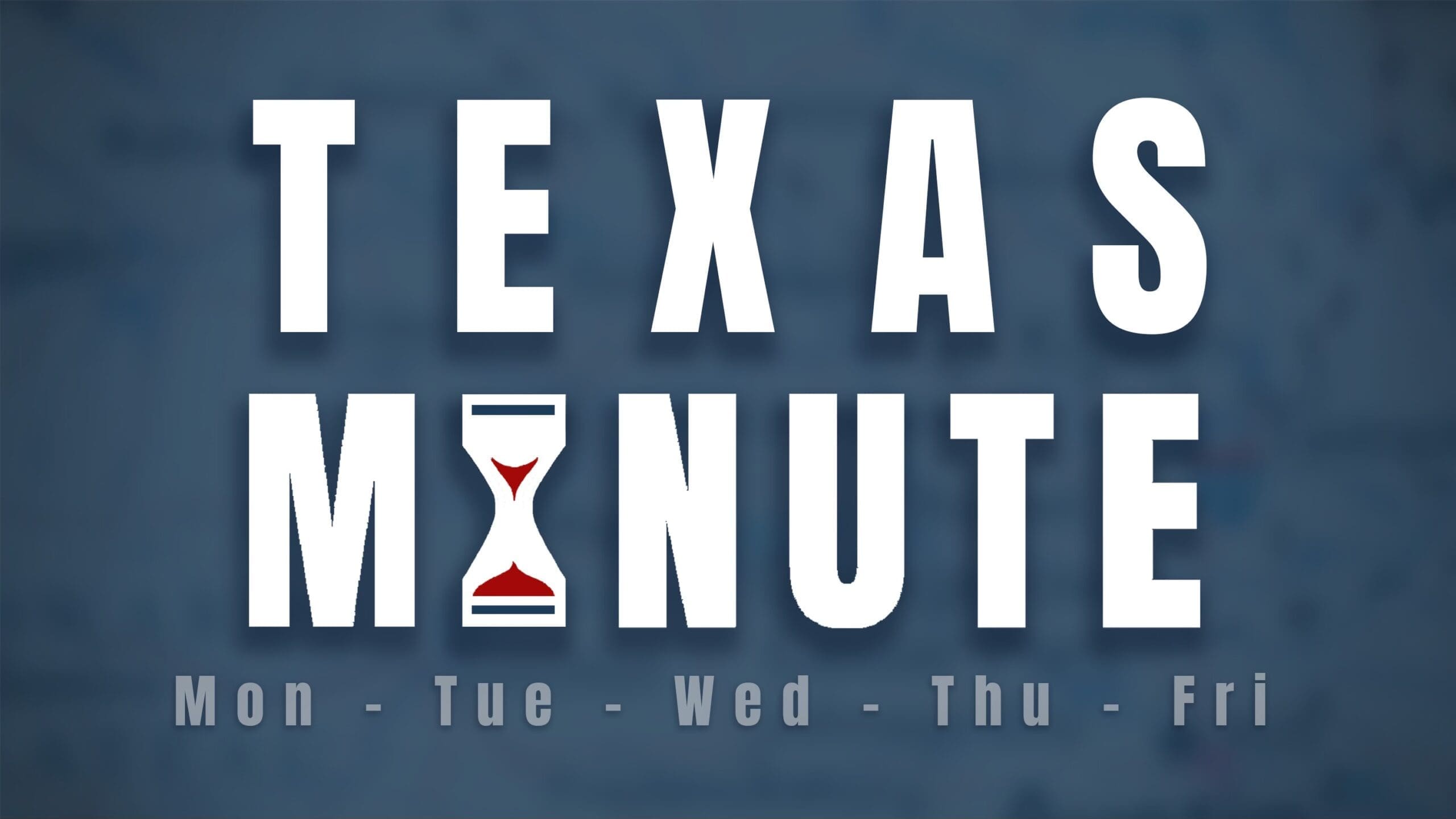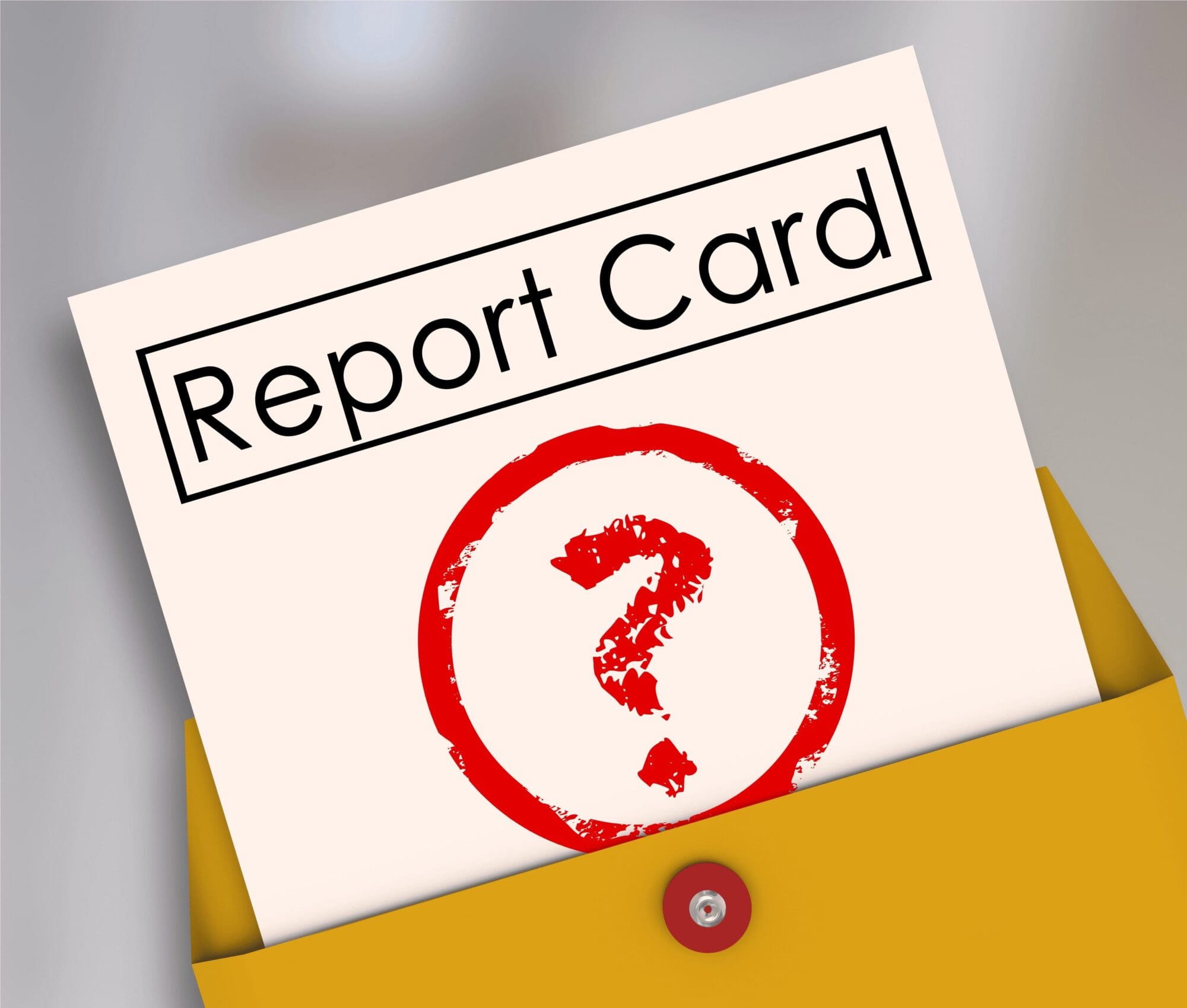Houston Independent School District Recapture Revote Passes
Houston ISD’s Robin Hood ballot proposition was, again brought to voters to decide if they wanted to send tax dollars to the state’s school funding program, or allow the Texas Education Agency to carve out high-priced commercial property and add those properties to tax rolls of less affluent districts.
The irony is that even though the state deems HISD “rich,” 77 percent of its student body is economically disadvantaged.
Proposition 1 was originally brought to voters in November of 2016, turning out over 300,000 voters. At that time, the question was whether or not taxpayers should send $162 million to the state or risk permanently losing commercial property. Those encouraging a “No” vote hoped to force the Texas Legislature’s hand and have them fix the funding scheme this session. But with no guarantee of a legislative fix before the end of this session, HISD trustees decided to call for another vote. This time many of them advocated a “Yes” vote. The turnout this time around was significantly less: only 28,000 voters decided to send tax dollars to the state.
The turnout wasn’t the only thing that was substantially lower. The TEA lowered the amount required by the district from $162 million to $77 million. This time the vote passed by 83 percent.
The district’s two Robin Hood elections will cost taxpayers an estimated $1.7 million.
Humble Independent School District Fends Off Progressives
North of Houston, Humble ISD held an election as well, for school board trustees. The high-performing school district welcomed in a new superintendent roughly a year ago, whose success in providing school choice opportunities in a Colorado school district made her a popular candidate for the position. Upon her hiring, some parents opposed to school choice decided to organize under the guise of “Humble ISD Parents.”
From that group, a number of school board challengers emerged, some backed by the Texas Democrat Party’s Local Investment in the Future of Texas (LIFT) Project. The left-leaning candidates employed deceptive tactics during the campaign, including threatening to sue opponents for providing voters with information about them.
Even with attention on the race from outside groups, Humble ISD only garnered about 4.5 percent voter turnout. However, with the help of local tea party conservatives, the incumbents defeated the challengers and retained their seats.
Evident in both Houston-area elections, as well as others around the state, is that holding elections in May ensures the smallest turnout. The fact that such a limited number of voters can sway an election for hundreds of thousands of people highlights the needs for uniform election dates, allowing for the highest turnout possible.




